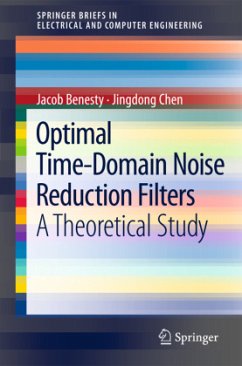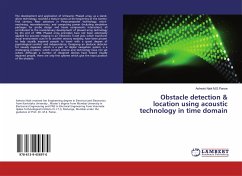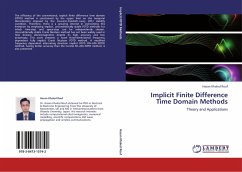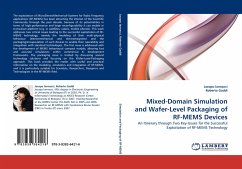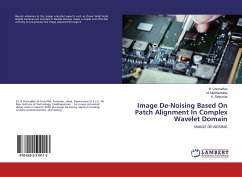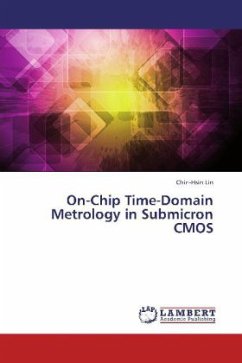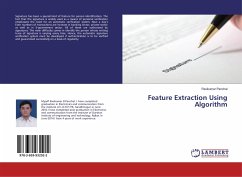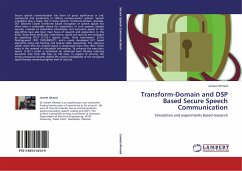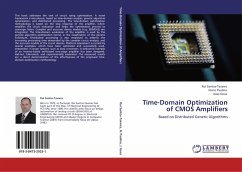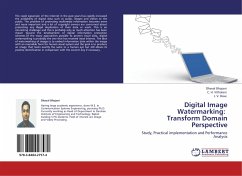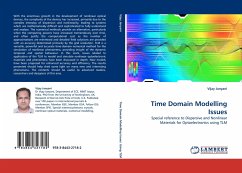
Time Domain Modelling Issues
Special reference to Dispersive and Nonlinear Materials for Optoelectronics using TLM
Versandkostenfrei!
Versandfertig in 6-10 Tagen
45,99 €
inkl. MwSt.

PAYBACK Punkte
23 °P sammeln!
With the enormous growth in the development of nonlinear optical devices, the complexity of the devices has increased, primarily due to the complex interplay of dispersion and nonlinearity, leading to systems which are mathematically difficult and sophisticated to fully understand and analyse. The numerical methods provide an alternative, particularly when the computing powers have increased tremendously over time, and often justify the computational cost as the number of approximations are minimised and detailed field solutions are provided with an accuracy determined primarily by the grid re...
With the enormous growth in the development of nonlinear optical devices, the complexity of the devices has increased, primarily due to the complex interplay of dispersion and nonlinearity, leading to systems which are mathematically difficult and sophisticated to fully understand and analyse. The numerical methods provide an alternative, particularly when the computing powers have increased tremendously over time, and often justify the computational cost as the number of approximations are minimised and detailed field solutions are provided with an accuracy determined primarily by the grid resolution. TLM is a versatile, powerful and accurate time-domain numerical method for the simulation of nonlinear phenomena, providing insight of the dynamic temporal and spatial behaviour. In this work, issues related to application of the TLM to model and simulate nonlinear optoelectronic materials and phenomena have been discussed in depth. New models have been proposed for enhanced accuracy and efficiency. The results presented should help shed some light on many new and interesting phenomena. The contents should be useful to advanced readers, researchers and designers of this area.



